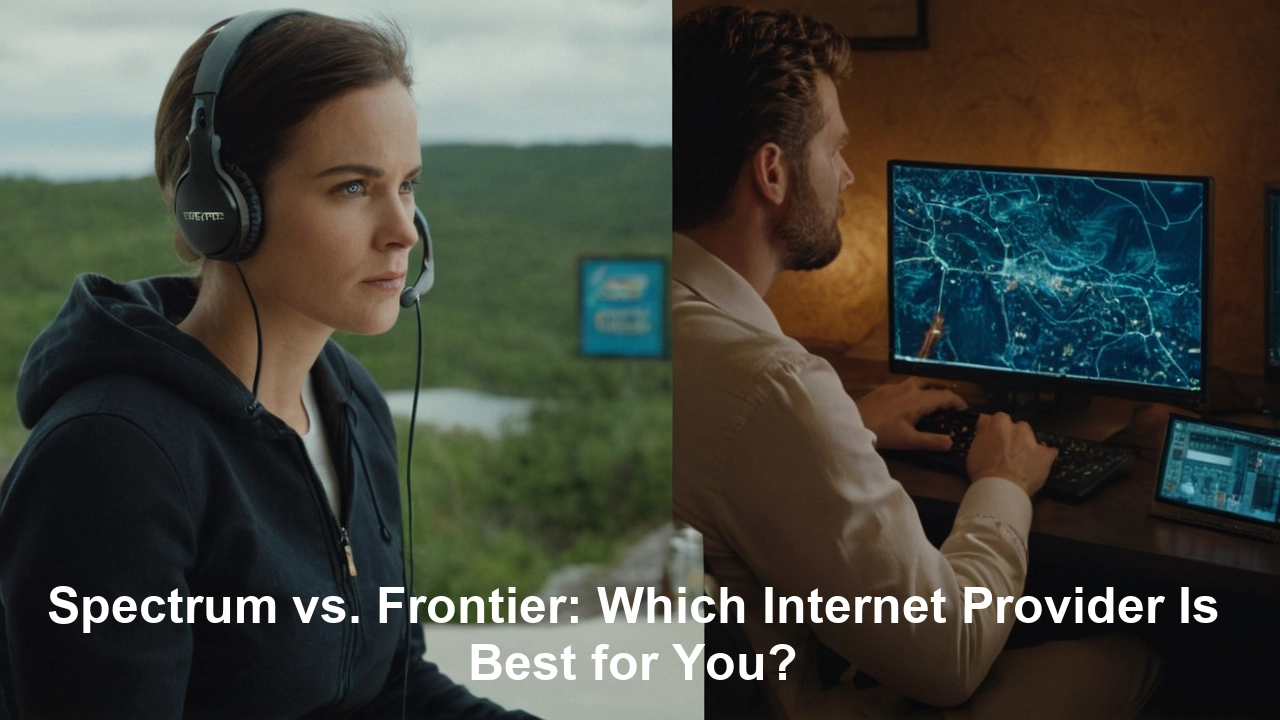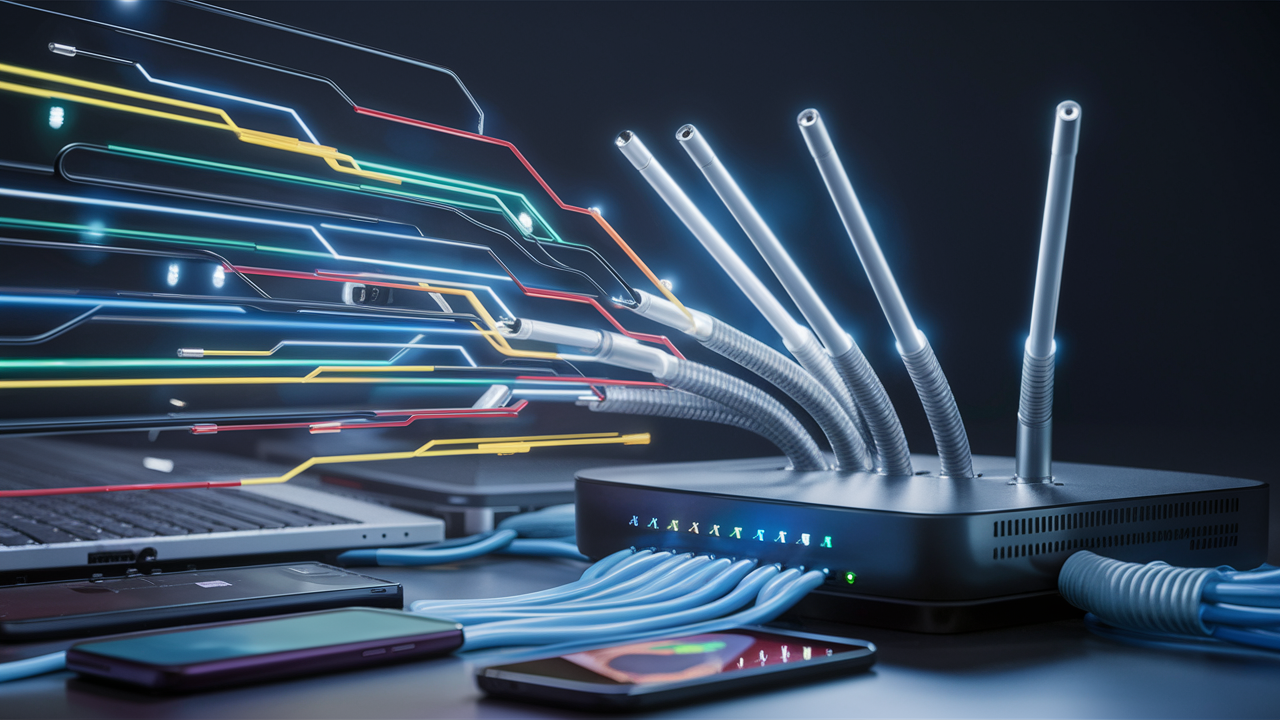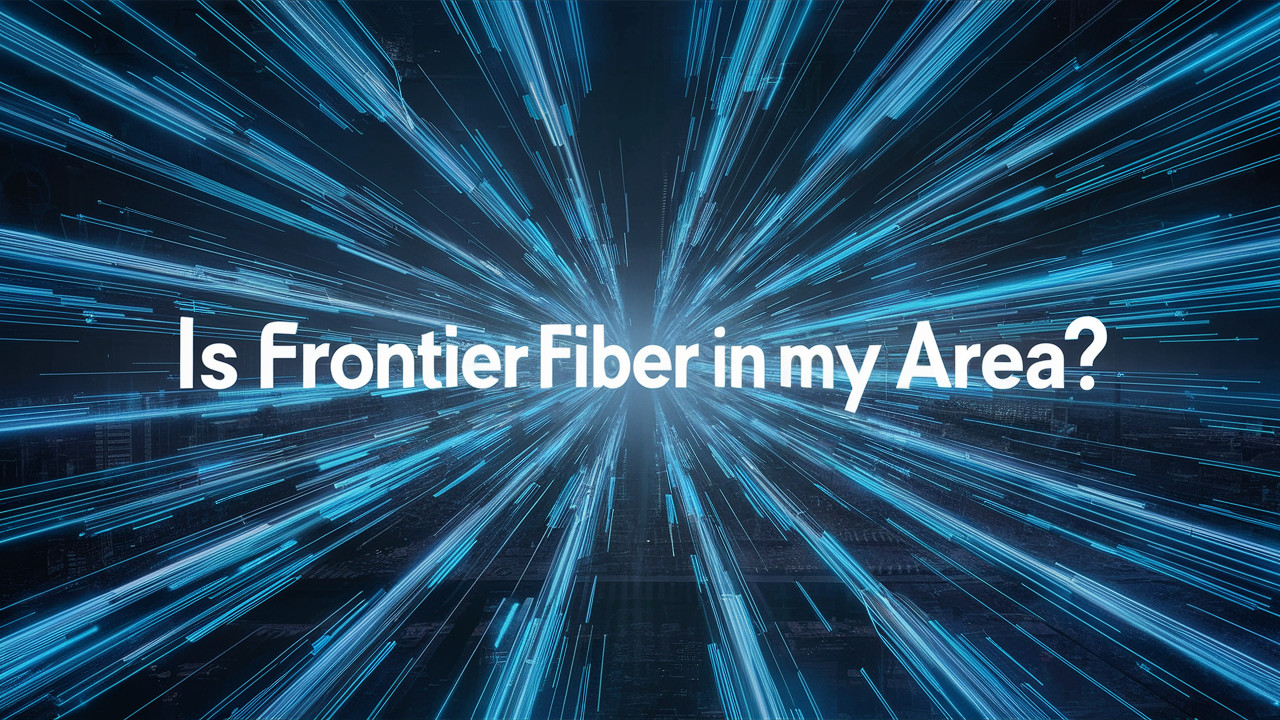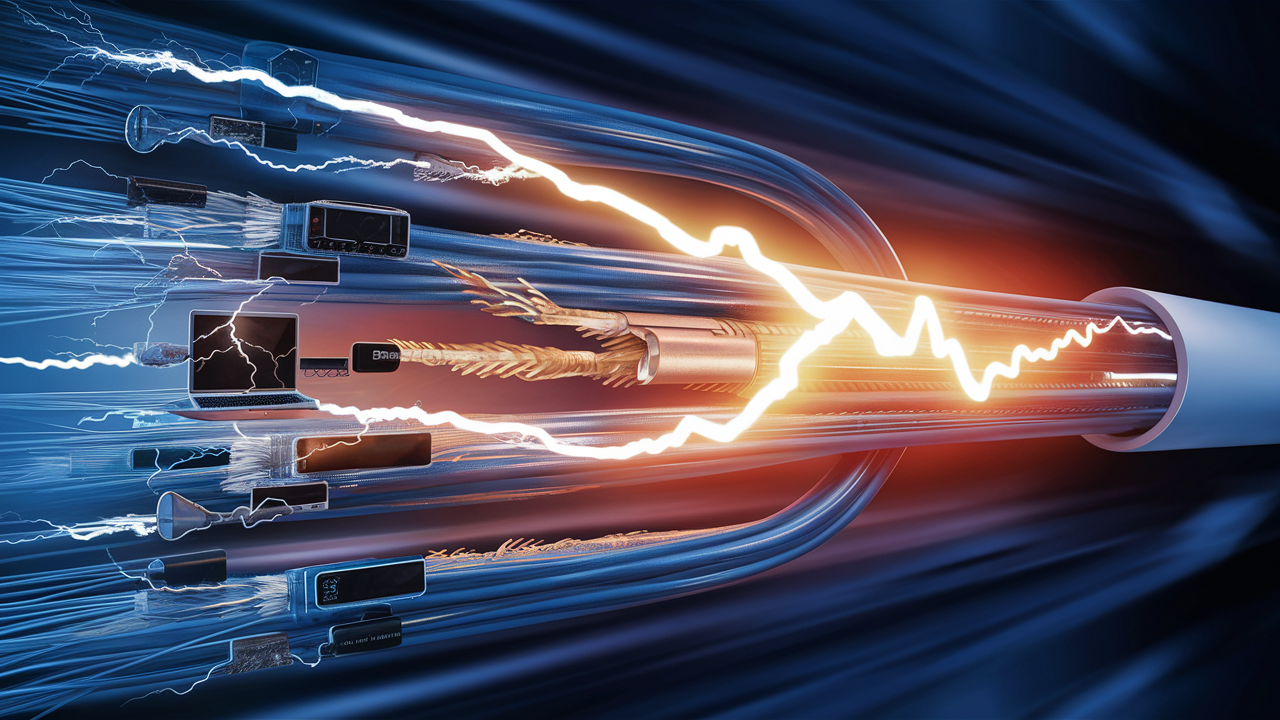Posted on:
27
Aug
2024
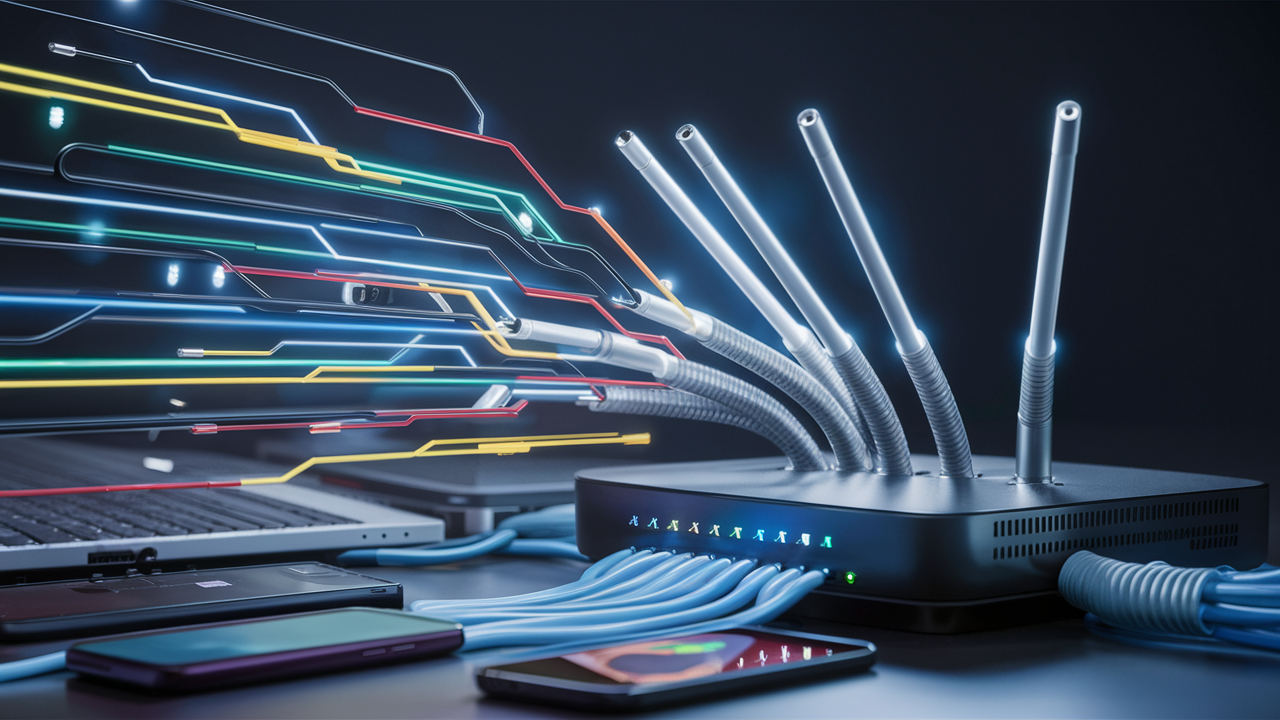
Frontier Communications’ fiber optic internet is one of the fastest and most reliable internet connections that are in the market today. It is in response to the increasing number of households that require faster internet for business, entertainment, gaming, and even smart home technologies. However, let us first understand what fiber optic internet is and how it functions in the context of the current world. It will also look at the speeds and reliability of Frontier fiber connection and how it is derived using fiber optic internet.
Understanding Fiber Optic Internet
Fiber optic internet is a service that brings internet through fiber optic cables made from glass or plastic. These cables employ light pulses to convey data as opposed to electricity used by traditional cables. This makes for very high speeds and potentially very large bandwidths. Fiber internet can offer connection speeds greater than 1 Gbps, which is 1000 Mbps.
Fiber cables have multiple numbers of fiber strands and each strand is as thin as human hair. These strands are made of glass or plastic and through reflecting light pulses they help in conveying the data. The pulses stand for computer data in the form of an alphabet that consists of ones and zeros. As light pulses have more speed than electricity, the FOC provides better internet speed and bandwidth capabilities.
How does fiber optic internet service work?
A fiber optic internet service provider connection also needs specific equipment to encode/decode the light pulses and transmit them. Here are the basic components of a fiber internet connection.
- Optical Transmitter: It is also used to convert electronic data of a computer or router into pulses of light. It converts the data into light signals which fibers strands can transmit.
- Fiber Optic Cable: The fiber optic cable transports the light pulses from your home or business to the internet provider. In some cases, they are bundled within a protective jacket and many individual fiber strands may be contained within the same cable sheath.
- Optical Splitter: This device splits the light signal if it has to go to more locations than one at that point. Optical splitters necessarily manipulate the light pulses to provide the required path through the network hubs.
- Optical Receiver: The optical receiver translates the light pulses back into electronic data form that can be understood by computer systems. It demodulates the signals from light back into binary data of the receiving device.
With these components, the fiber optic network can transmit data as light pulses with a speed of 1 Gbps or more. The fiber line connects a network hub to homes and businesses individually for specific connections at high speed.
Frontier Fiber Optic Internet Speeds
Frontier Communications provides fiber optic internet packages with equal download and upload speeds of up to 500 Megabits per second (Mbps). The highest tier of internet speed is 2 Gigabits per second; this internet speed is over twenty-five times faster than the cable internet connection.
Here are the fiber optic speed tiers currently available from Frontier.
- 500 Mbps
- 960 Mbps
- 1.5 Gbps
- 2 Gbps
With these speeds, family members can be on separate video calls simultaneously, watch 4k movies, share content, game online, and control smart home devices without any interruption. A 2 Gbps connection can download a full high-definition movie in less than half a minute.
Fiber optic reliability and latency
The other two main benefits of fiber optic internet are its high network reliability, being almost 100%, and low latency. Fiber connections offer dedicated connections that are not affected by other users; therefore, one can access full speeds at all times.
Since light travels faster than electricity, fiber optic networks present lower latency. Latency or network delay is the time taken for the network to respond to your web requests and cloud services. Reduced latencies mean faster time to load graphics and less delay on real-time applications such as video streaming and gaming.
Where Is Frontier Fiber Optic Offered?
Widespread fiber optic construction started in 2018 and Frontier currently offers service to over 7 million residential and business locations across the United States Fiber internet today has penetrated many suburban and rural areas that were previously ignored.
To find out whether Frontier fiber optic is available in your area, you can visit the Frontier website and key in your zip code. Fiber internet delivers future-empowered internet speed to more neighborhoods each month. Moreover, as a telecommunications company for decades, Frontier has been researching new technologies, for example, 5G, to stay connected with customers.
Summary
Frontier fiber internet has the fastest fiber optic connection with fiber optic speeds of up to 2 Gigs per second. Fiber optic technology involves the use of flexible glass cables through which data is transmitted through light signals. This makes it possible to have high bandwidth capacity, equal download and upload speeds, and minimum latency.
When fiber optic internet spreads out to various areas, homes and businesses can transform to a faster speed and reliable internet connection. Frontier fiber is the future of internet connectivity.
Call (844) 303-0436 to get a new Frontier connection now!
Read More:
